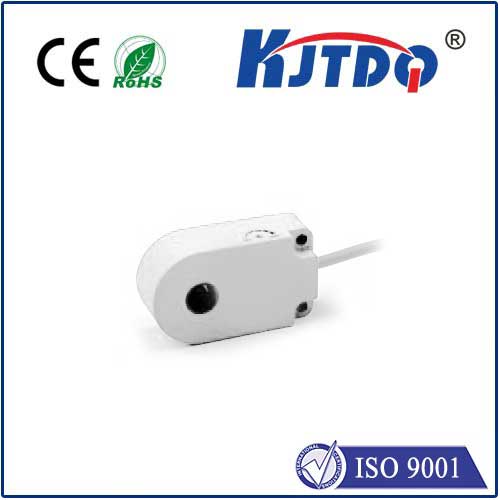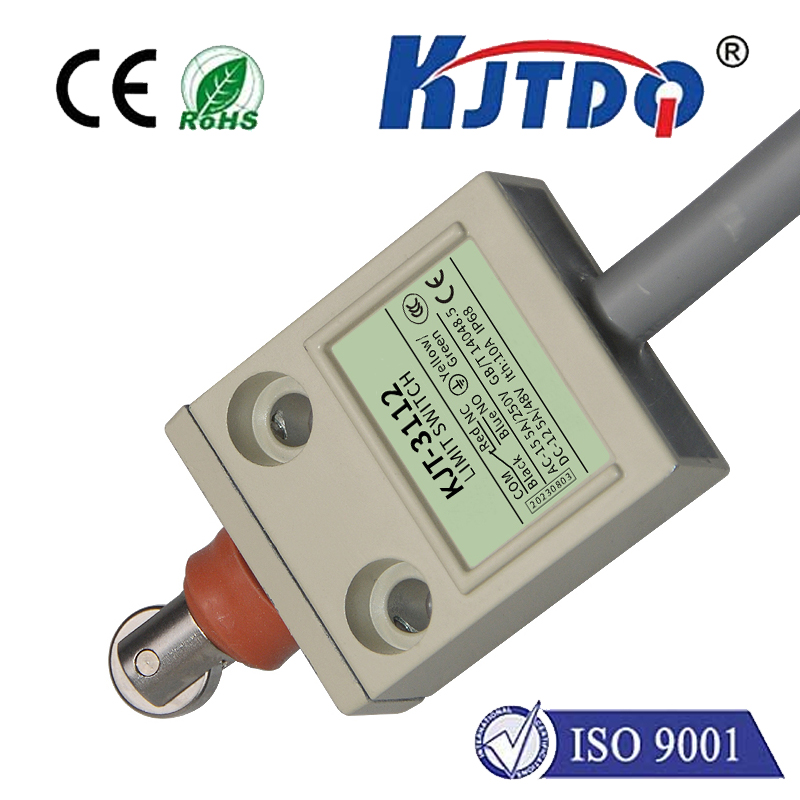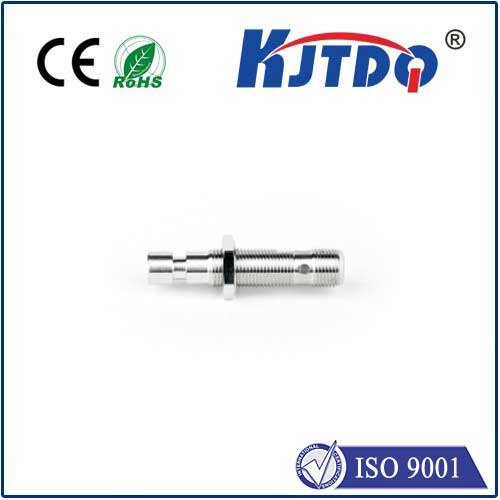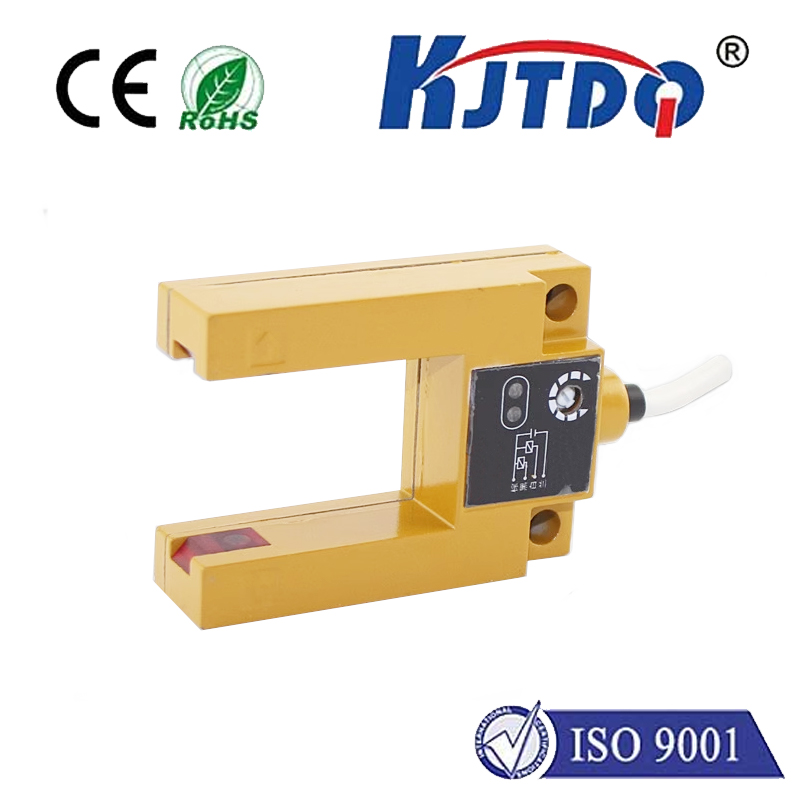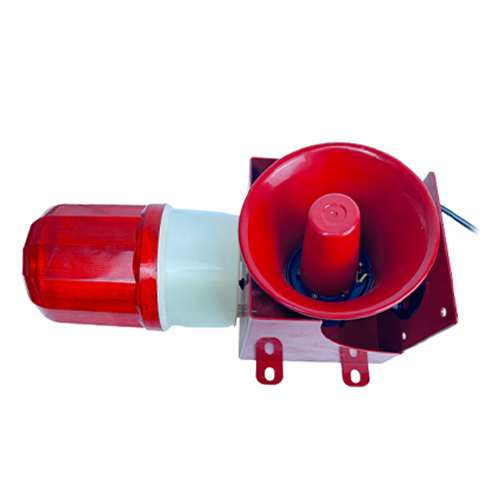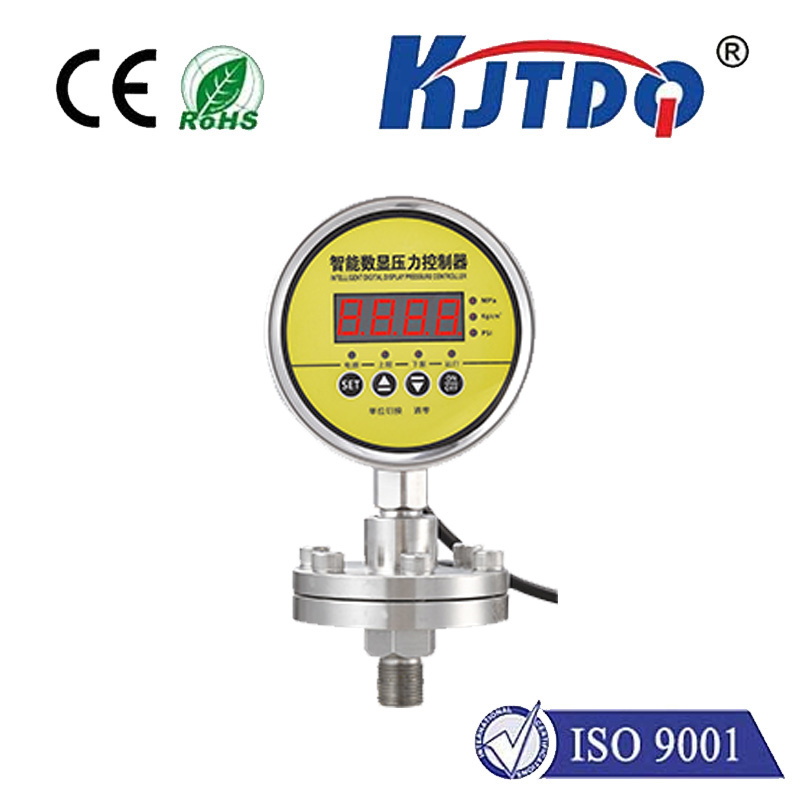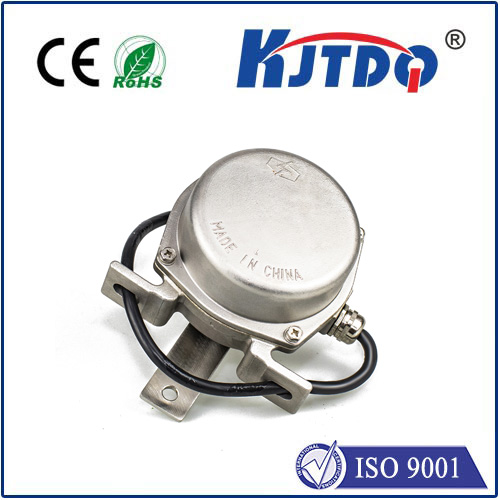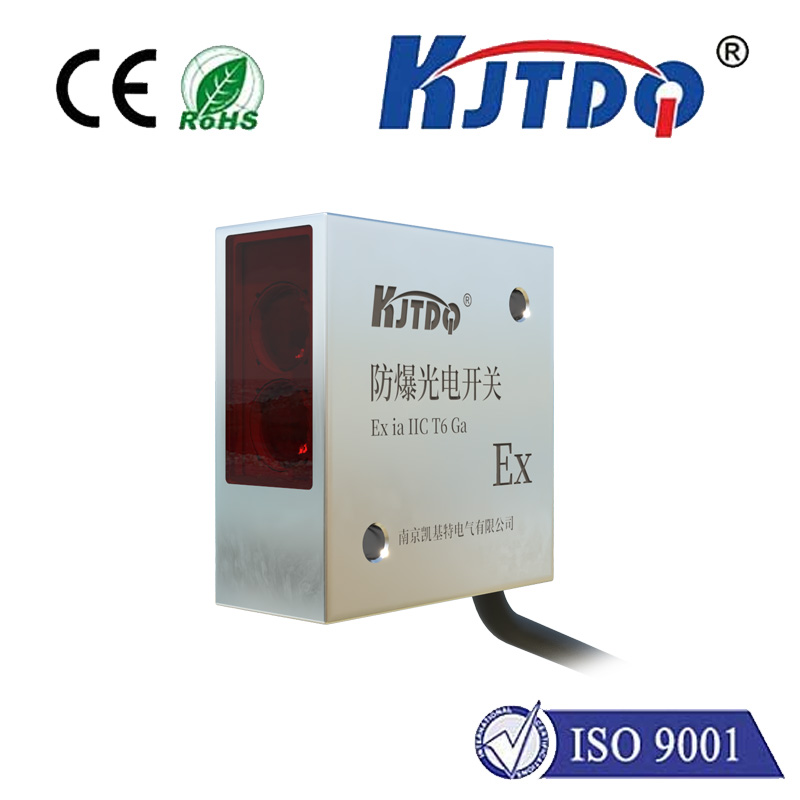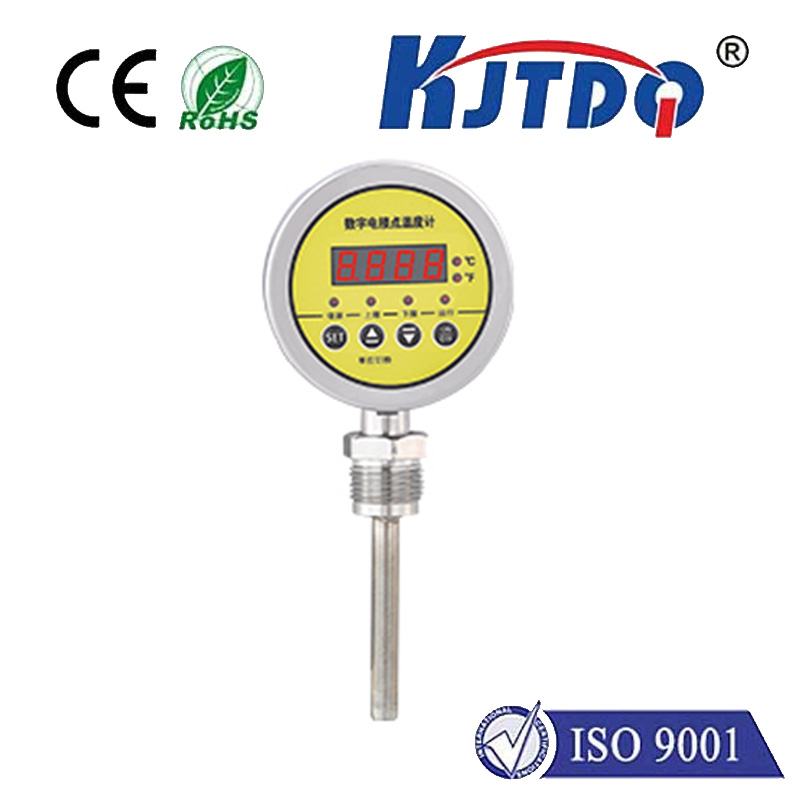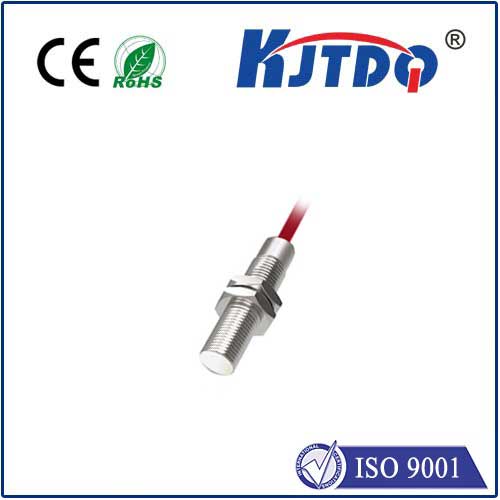

check

check

check

check

check

check

check

check

check

check
Vibrating fork level limit switches are an essential component in industrial automation applications. They are designed to detect the presence or absence of material in a container, silo, hopper, or any other type of storage bin. The switch is mounted on a vibrating fork that oscillates at a specific frequency. When there is no material present, the fork continues to vibrate freely. However, when the material level reaches the fork, the vibration amplitude decreases, causing the switch to activate and send a signal to the control system.

One of the key benefits of using vibrating fork level limit switches is their accuracy and reliability. Unlike traditional limit switches that rely on mechanical movements, vibrating forks use a non-contact method to detect material levels. This reduces wear and tear on the switch and increases its lifespan. Additionally, vibrating forks are less susceptible to false readings caused by dust, foam, or other environmental factors that can affect traditional limit switches.
Vibrating fork level limit switches come in various sizes and configurations to suit different applications. They can be installed in small containers or large silos and can be used to monitor both solids and liquids. The switches are also available in different materials, such as stainless steel, aluminum, or plastic, depending on the application requirements.
In conclusion, vibrating fork level limit switches are a reliable and accurate solution for monitoring material levels in industrial automation applications. Their non-contact method of detection reduces wear and tear on the switch and increases its lifespan. With various sizes and configurations available, they can be tailored to meet the needs of different applications.
